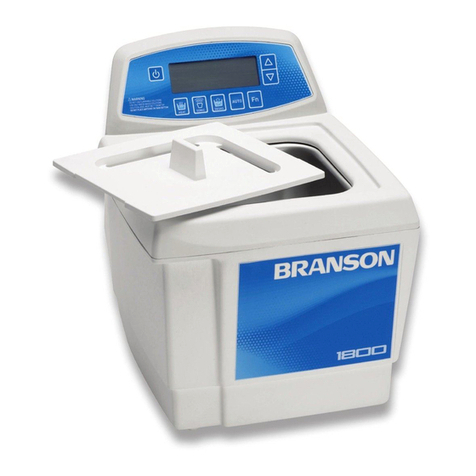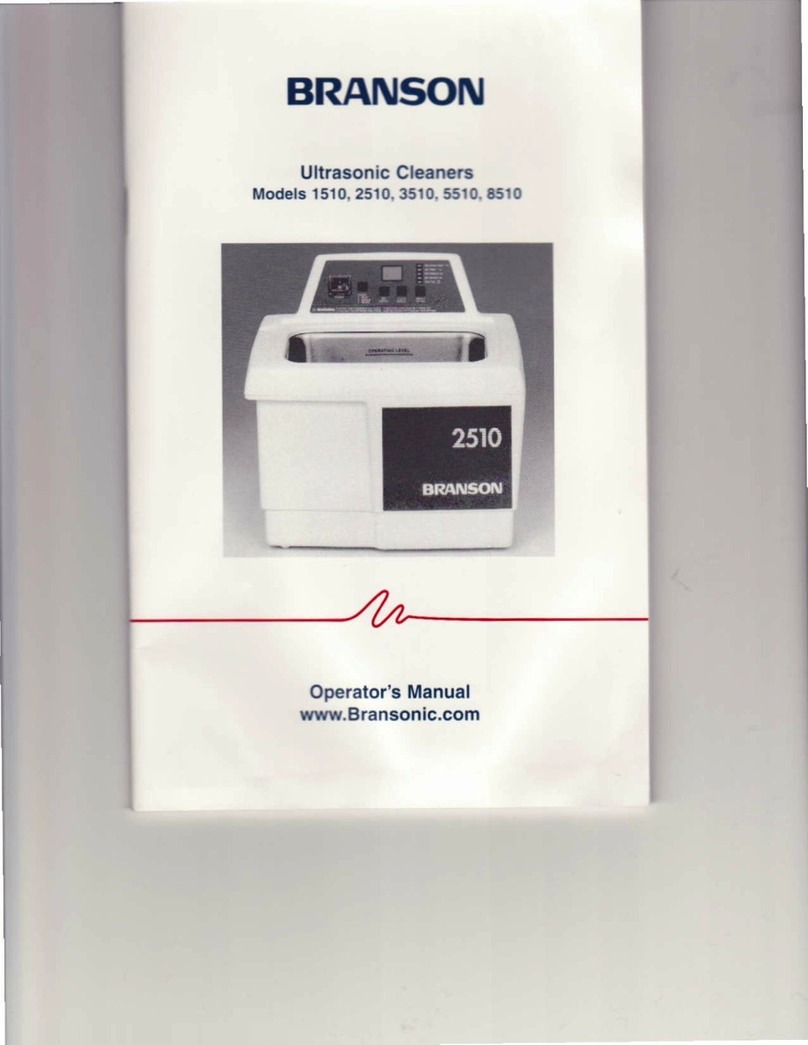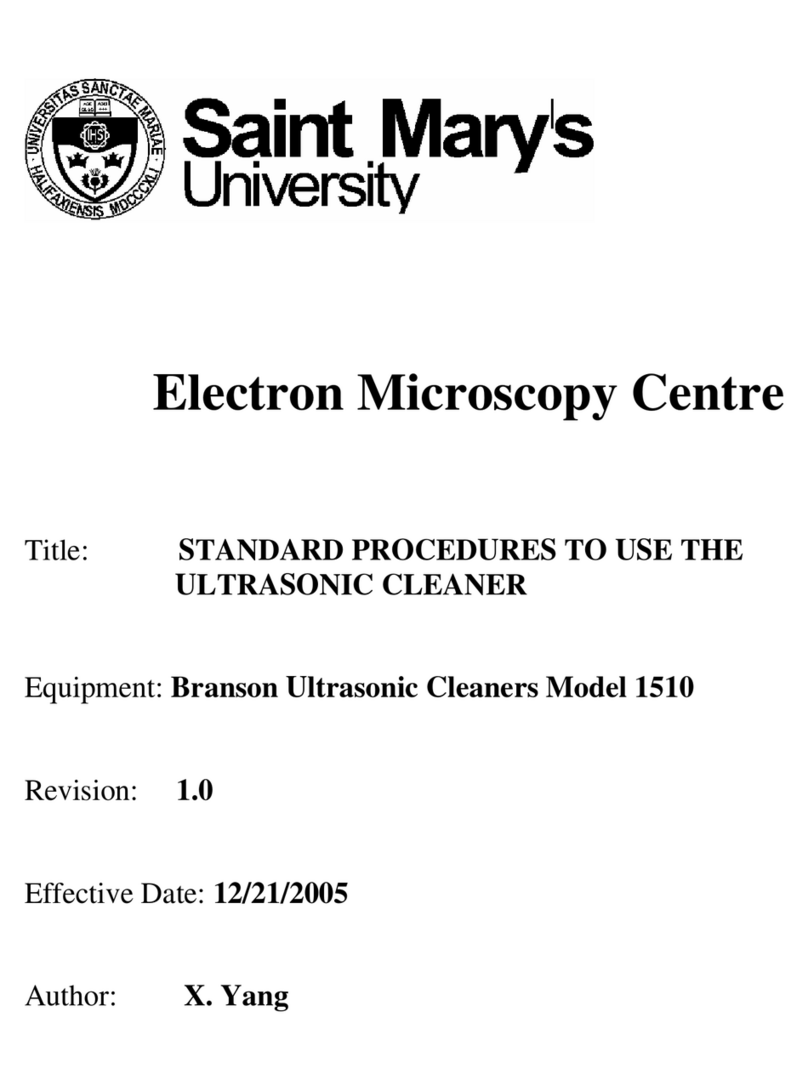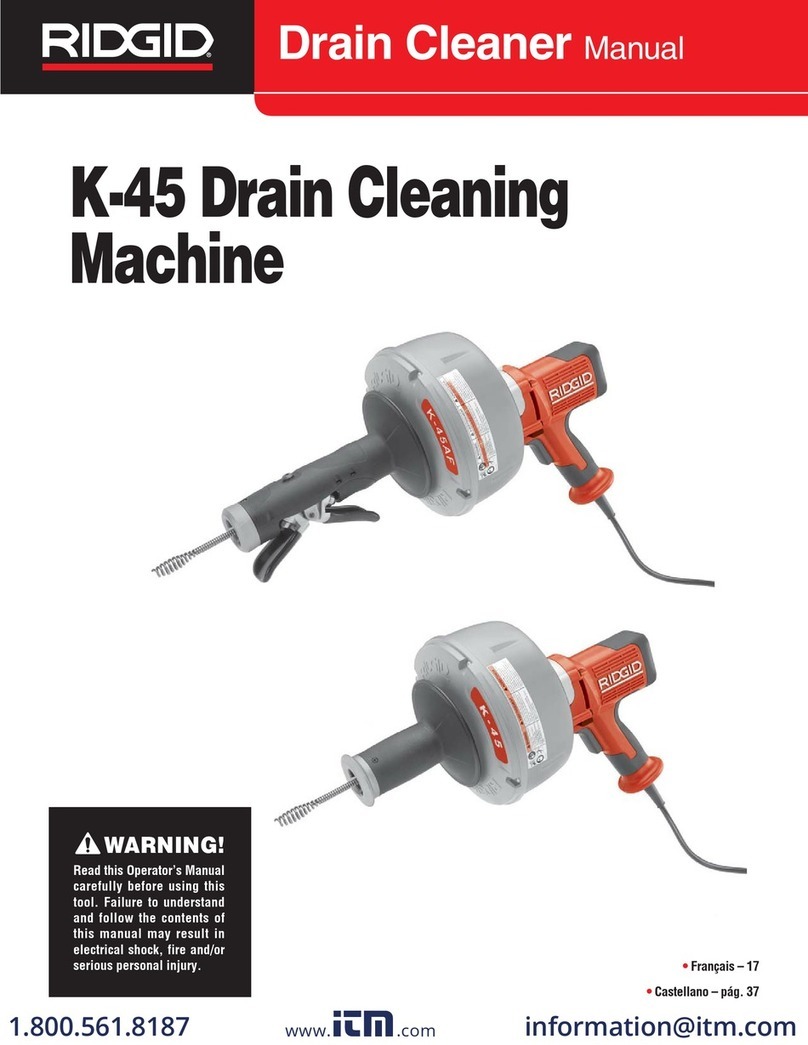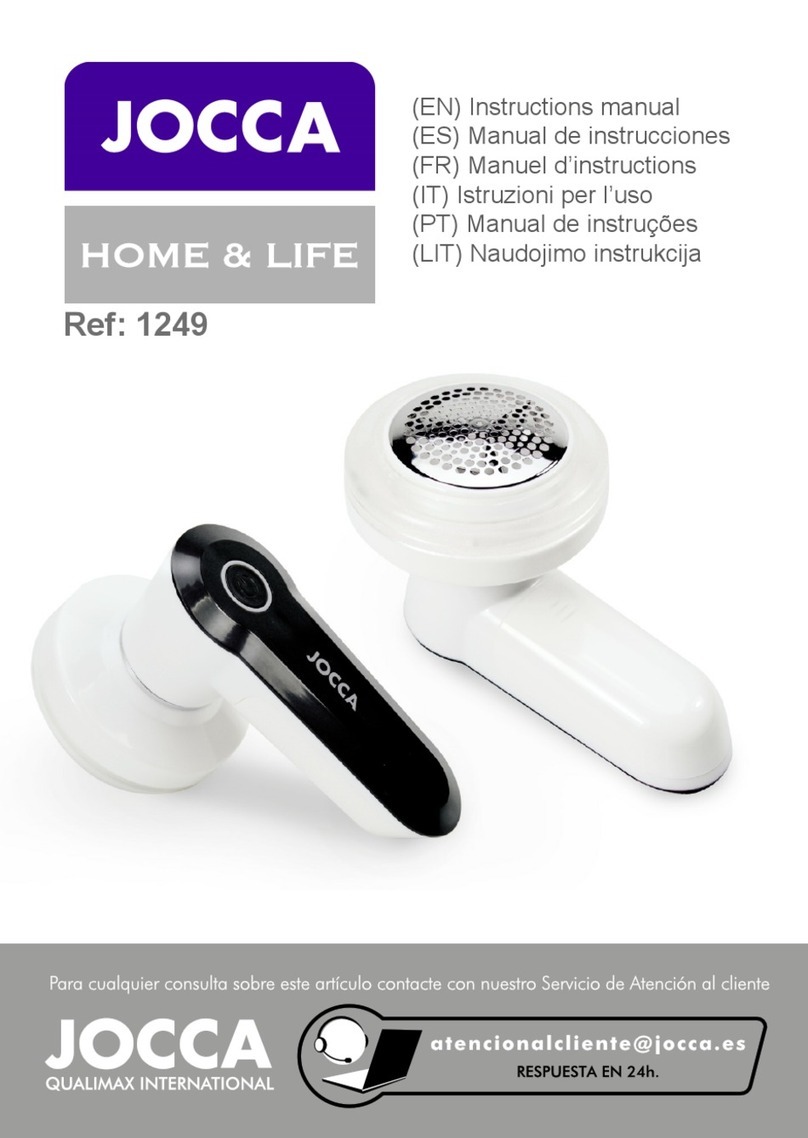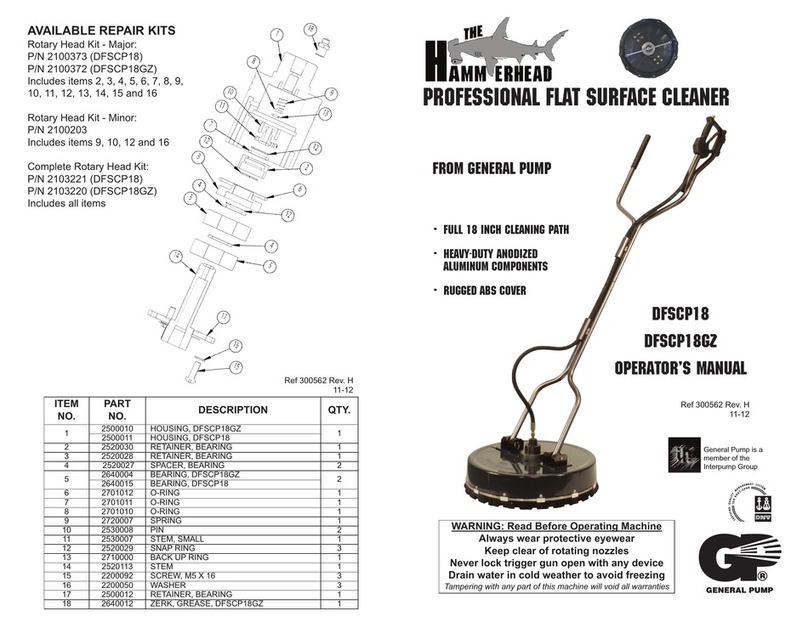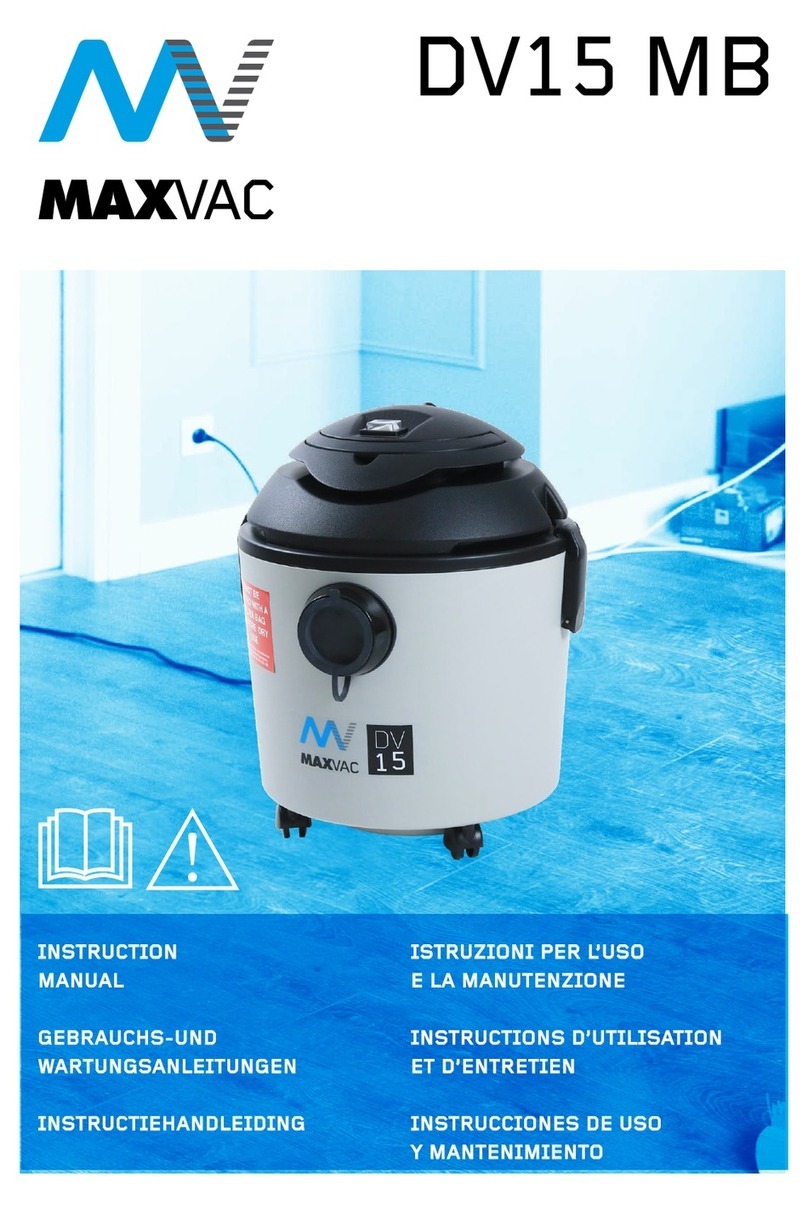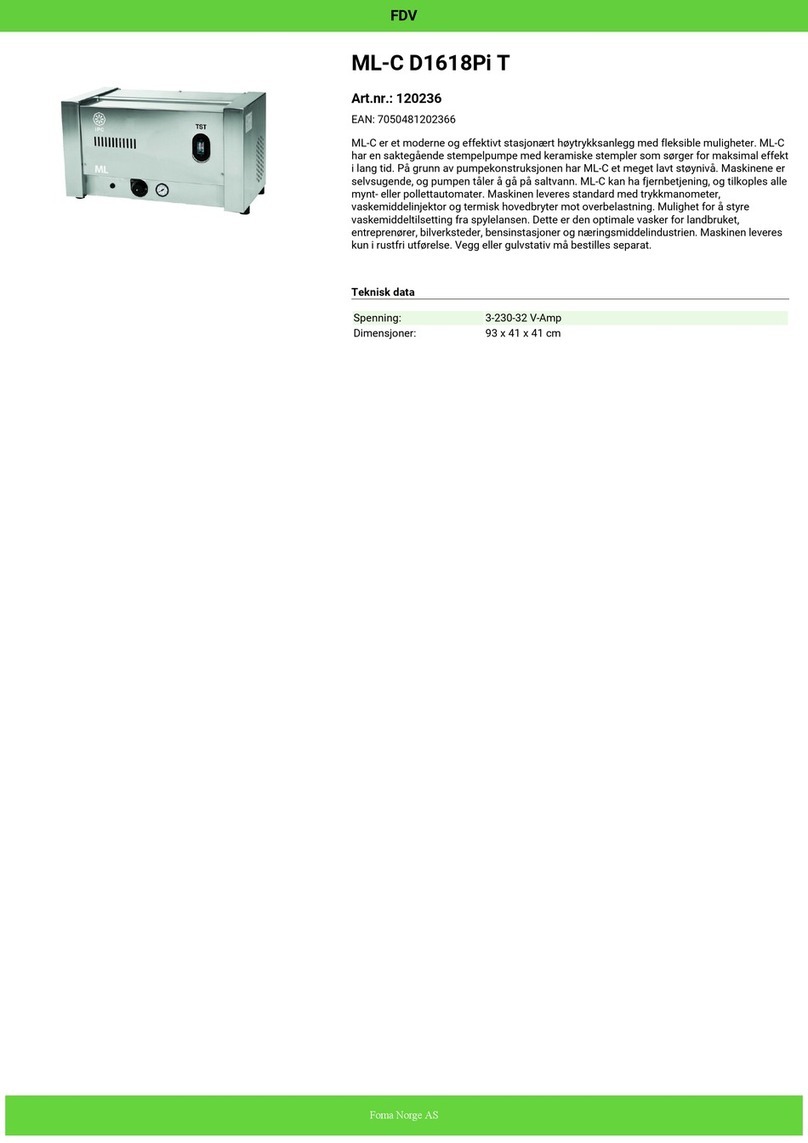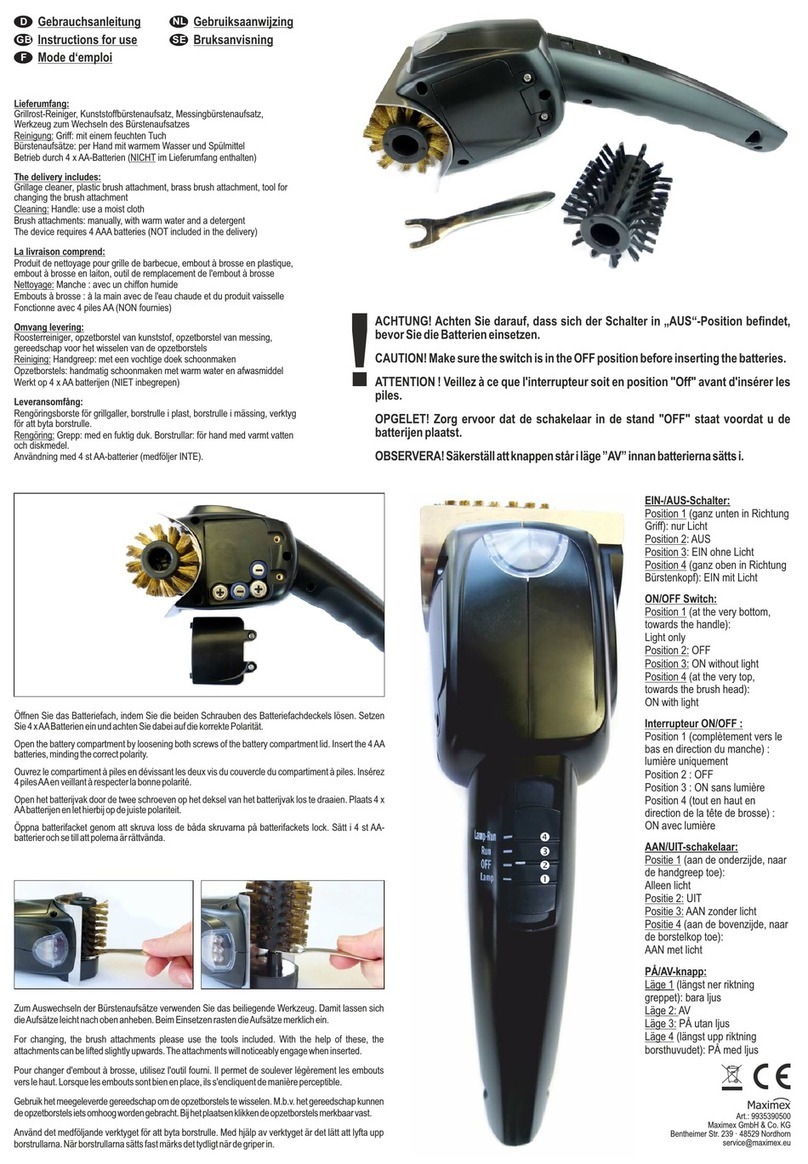Branson B200 User manual

ULTRASONIC
CLEANER
Model B200
INSTRUCTIONS
DOMINIQUE DUTSCHER SAS

B-
WARRANTY
BRANSON ULTRASONICS warrants this ultrasonic cleaner to be free from defects in
material and workmanship for a period of two
replacing those products included within the warranty which are deemed defective and
returned to BRANSON within the applicable warranty period, shipping charges prepaid.
This warranty shall not apply to any product which has been subjected to misuse,
negligence, accident, or has been improperly installed, misapplied, modified, or repaired
by unauthorized persons.
Inspection: Buyer shall inspect the product upon receipt. The buyer shall notify
BRANSON in writing of any claims of defects in material and workmanship within 30
days. Failure to make such a claim shall be considered a waiver of right to claim.
Disclaimer: The provisions s
exclude all other remedies or warranties, expressed or implied including those related to
merchantability or fitness for a particular purpose.
Limitations: BRANSON shall not be liable for any incidental, consequential, or special
damages, losses, or expenses. Any action relative to this warranty must be initiated
within one year of purchase.
WARNINGS
1. Cleaning liquids:
Use neutral or mldly alkaline water-based cleaning liquids only.
(Refer to last section of this manual for Special Branson cleaning Liquids for
Ultrasonic Cleaning).
Do not use flammable liquids.
Do not use solvents.
2. High voltage exists inside the unit
Unit to be opened by authorized persons only.
Disconnect linecord before opening the unit.
Do not immerse the unit in any liquid.
3. Make sure unit is adequately grounded via line cord.
4. Do not put fingers in tank during operation.
5. Do not allow liquid level to drop below the lowest or rise above the highest of the 3
level marks in the tank.
6. Keep water away from the line plug while filling the tank.
DOMINIQUE DUTSCHER SAS

ULTRASONIC CLEANING BY BRANSON
dentists, jewelers, and industry for years. And now, with this unit you can take advantage
of ultrasonic cleaning for many small, difficult to clean items.
How it works:
The ultrasonic cleaner uses high frequency sound waves to create literally millions of
tiny, microscopic bubbles in the solution. These bubbles expand and then rapidly
collapse. As they collapse, they release a significant amount of energy creating an
and even blind holes. Dirt can be loosened and removed from any surface that the liquid
quickly produce clean parts.
What it will clean:
Due to the nature of ultrasonic cleaning you will find it very effective when used on hard
materials such as metals, glass, stone, ceramic, and even dense, hard plastics. When
used to clean these types of hard materials your ultrasonic cleaner can remove a great
number of different types of soil. These can include such things as dust, dirt, oils, many
light greases, tarnish, even solder paste. It is particularly useful in laboratories for
removing chemical or protein residues for intricate or complex labware and instruments.
It will also do an excellent job on jewelry with hard natural stones like saphires, garnets,
rubies, diamonds, etc.
Ultrasonics relies on the impact of cavitation bubbles against a hard surface to erode
away the soils. For that reason, it is not very effective for cleaning soft materials like
rubber, cloth, fiberous products, styrofoam, or products with similar properties. These
materials will absorb the sound and little energy will be left for soil removal. It is also
necessary to exercise care when cleaning jewelry. Soft stones like pearls and opals
should not be cleaned ultrasonically as cracking or discoloration may occur.
DOMINIQUE DUTSCHER SAS

HOW TO USE THE CLEANER
To set up:
Be sure the ultrasonic cleaner is unplugged. Always unplug the unit before filling or emptying
Fill the tank to within 1cm of the
top edge with warm water. Be sure to leave
room for your chemistry and parts. The liquid
level should not be allowed to drop below 1cm
from the tank bottom
Plug the cleaner into an appropriate
outlet. This would be 110-120 volts
in the U.S. and 220 volts in Europe.
Check the label on your unit and
use only that voltage.
for several minutes to drive excess
gas from the solution.
To clean parts:
1. Place objects to be cleaned in the plastic basket. Items should not be placed
directly on the tank bottom.
2. Suspend the basket in the cleaning solution. Cleaning is usually complete in 30
seconds to 2 minutes depending on the type and amount of soil. The cleaner automatically
shuts off after 5 minutes. The unit can be shut off during the cleaning cycle by pressing the
-
3. Rinse parts under running tap water and dry if necessary.
To be safe:
1. When cleaning items for the first time, test one piece before cleaning the rest.
2. Be sure that the cleaning solution you use is compatible with the stainless steel cleaner tank.
3. Follow instructions and precautions recommended by the cleaning solution manufacturer.
4. Avoid contact with solutions and provide adequate ventilation.
5. To avoid possible discomfort, do not put fingers into the tank while the ultrasonic cleaner is
operating.
6. Never use solvents or flammable liquids in the ultrasonic cleaner.
7. If you clean items with movable parts, you should consider re-oiling immediately after cleaning.
8. Do not operate the cleaner without liquid in the tank.
9. It is normal for your cleaner to become warm after 10-15 minutes of continuous operation
DOMINIQUE DUTSCHER SAS

CLEANING SOLUTIONS
How to use them:
Each manufacturer includes directions for using their chemistry on associated
Cleaning solutions have to be degassed to work effectively with ultrasonics. This is a
process whereby disolved gases are expelled from the solutions. The ultrasonics will
perform this task during the first several minutes of operation after the tank has been
filled. You may note a different sound as the cleaner drives out the gas and begins to
function efficiently. This process can be accelerated by filling the tank with warm water
on startup. The cleaner and generally the solution will perform better
at this slightly elevated temperature.
Cleaning solutions should be changed regularly as they can lose their effectiveness over
time. Dirty solutions will re-deposit soils on the parts and can coat the tank bottom
limiting ultrasonic activity.
How to choose them
The Ultrasonic Cleaner is designed to provide the most effective cleaning when used
with Branson Cleaning Concentrates, which have been designed specifically for the type
of cleaning you need.
What to look for
There are two basic types of cleaning solutions: aqueous, such as soap and water, and
solvents such as mineral spirits. Your Ultrasonic Cleaner is designed to operate only with
aqueous solutions. Solvents or flammable solutions should never be used in the
Ultrasonic Cleaner.
BRANSONIC CLEANING LIQUIDS
The BRANSONIC 200 Ultrasonic Cleaner achieves optimum cleaning results on a large
variety of parts and soils if used in conjunction with BRANSONIC Cleaning Liquids.
Cleaning liquid
type
IS OR GP JC
Biodegradable
yes
Yes
yes
yes
Phosphate free
yes
Yes
yes
yes
Concentration
8
-
10%
6
-
7%
10
-
12%
10
-
12%
pH
13,5(alkaline)
2,0(acidic)
13,5(alkaline)
13,5(alkaline)
Bottle
1,5 ltr
1,5 ltr
1,5 ltr
1,5 ltr
Parts small tools eyeglasses, hearing aids,
combs, eyebrushes,
dentures, drawing pens,
instruments
jewelry,
rings,
watchbands,
necklaces
Soil Carbon, cutting
oils, grease, metal
chips, platster
Rust, metal
oxides
Dust, fingerprints, general
soils, light oils, blood,
protein
s
DOMINIQUE DUTSCHER SAS
Table of contents
Other Branson Ultrasonic Jewelry Cleaner manuals
